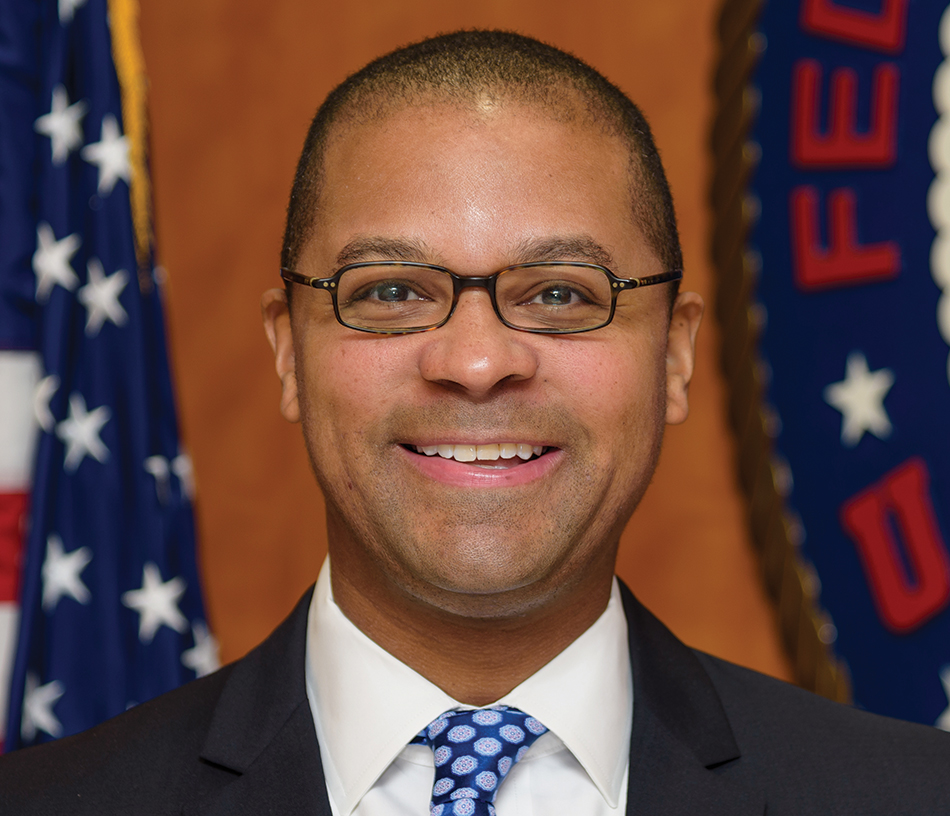Pandemic Amplifies Calls for Universal Broadband
The coronavirus is putting a klieg light on an already hot topic in Washington, the digital divide, and is fueling new government subsidies for high-speed broadband in rural areas and new calls for more from Congress, the FCC and industry by those pushing to close the divide.
The FCC, which has been all about permanent deregulation, is now in the business of pruning regulations temporarily — cheered by Democrats, no less — to help broadband operators meet the pandemic-related demand and the public connected to what has become a lifeline on steroids.

The FCC has been under bipartisan pressure from Capitol Hill for a couple of years to get a better handle on where broadband is and isn’t, a disparity that could now be the difference between getting remote healthcare, or not; a paycheck, or not; and between buffering and exacerbating the isolation of physical distancing. (“Social distancing” is a bit of a misnomer, because the isolation is physical, with broadband providing the social interaction on a massive scale.)
The FCC has committed more than $20 billion over the next 10 years to close the divide. But 10 years is a long time for many, particularly when most of that money — $16 billion — is being given out before more granular broadband deployment data.
FCC chairman Ajit Pai shares the view that the data has to get better, but said that if the money is going where data shows that broadband has not been built out, that is not the issue of dispute. The dispute is where data shows broadband is, but in reality it is not. The rest of the money will await better data on that portion of the equation.
In the meantime, for those homebound because of coronavirus social distancing or layoffs or both, distance learning, teleworking, remote healthcare and access to movies without the theater are all becoming the new normal for those with access to high-speed broadband, the vast majority of people.
For roughly 21 million without such access, those options aren’t available. That means rural and low-income populations are “virtually” isolated in an unprecedented way.
Multichannel Newsletter
The smarter way to stay on top of the multichannel video marketplace. Sign up below.
The analogy has long been to the rural populations in the first part of the last century who lacked electricity to light their houses or power their radios. Never has that analogy seemed more apt than in a world where connections, at least for the short term, will not be physical.
That has not been lost on those who have long made universal access to high-speed broadband their cause, and who see the divide as a chasm through the prism of the pandemic.
“Our longstanding digital divide has morphed into a monstrous new COVID-19 divide,” FCC commissioner Geoffrey Starks, a Democrat, said during what was essentially a demonstration: the FCC’s monthly meeting, which had to be held by teleconference with public access only via the agency’s website.
Pai has been waiving regulations and calling on ISPs to keep America connected, a call they have been answering. But neither have been doing enough for critics using the crisis as an opportunity to amplify calls for more from both government and industry.
According to an analysis by the Purdue University Center for Regional Development, 10% of all counties in the U.S. have a sufficiently wide digital divide that they will have “a very hard time implementing the mitigation strategies recommended — distance learning, working from home — “placing their students and workers in distress during this outbreak.”
The Benton Institute for Broadband and Society cited the study in arguing that Pai’s comment in a congratulatory blog — “It might be hard to find hand sanitizer and toilet paper, but I’m happy to report that internet access is proving to be one of the most valuable non-medical commodities right now” -— misses the point that millions can’t find broadband either, even as the FCC has consistently concluded highspeed internet is being deployed in a reasonable and timely manner.
A Pai spokesperson had no comment on the suggestion of tone-deafness or that the FCC was off-base in saying that broadband was being deployed on a reasonable and timely basis. But, on the issue of mapping, the spokesperson pointed to Pai’s longstanding complaint about getting the funding to do the kind of broadband data collection Congress has mandated.
“Right now, the FCC does not have the funding to carry out the Act, as we have warned for some time,” Pai said in a statement. “And given the Act’s prohibition on the Universal Service Administrative Company performing this mapping work, if Congress does not act soon, this well-intentioned legislation will have the unfortunate effect of delaying rather than expediting the development of better broadband maps.”
Contributing editor John Eggerton has been an editor and/or writer on media regulation, legislation and policy for over four decades, including covering the FCC, FTC, Congress, the major media trade associations, and the federal courts. In addition to Multichannel News and Broadcasting + Cable, his work has appeared in Radio World, TV Technology, TV Fax, This Week in Consumer Electronics, Variety and the Encyclopedia Britannica.

